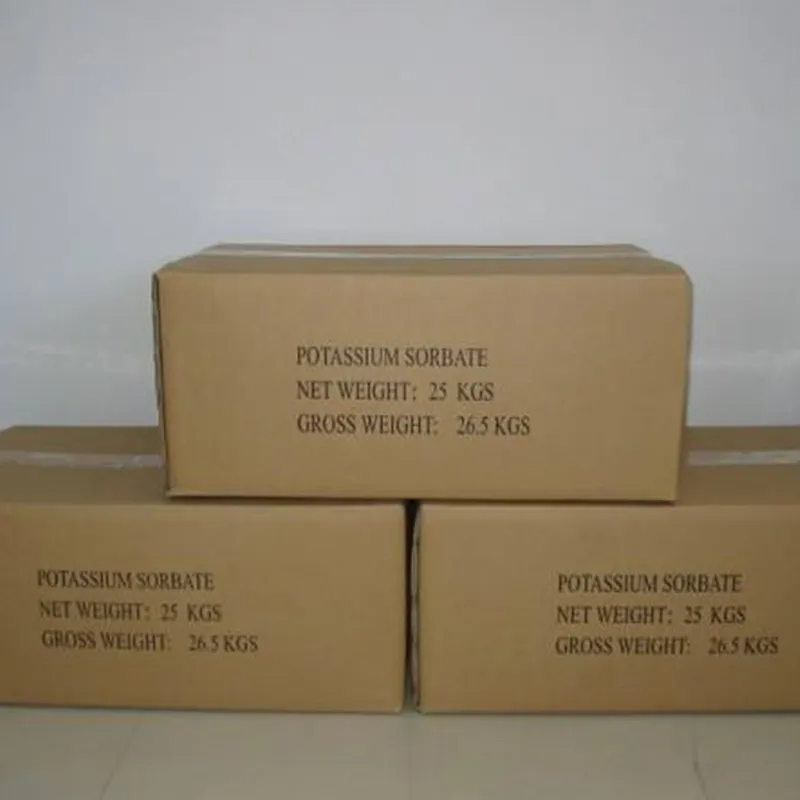
Phosphoric Acid in the Food Industry - Uses, Safety, and Regulations
Phosphoric Acid in the Food Industry
Phosphoric acid, a colorless and odorless inorganic acid, is widely used in the food industry for various purposes. As one of the most versatile acidulants, its applications range from flavor enhancement to preservation. This article delves into the roles and implications of phosphoric acid in food products, highlighting its benefits and potential concerns.
Phosphoric Acid in the Food Industry
In addition to flavor enhancement, phosphoric acid serves as a preservative. It helps inhibit the growth of molds, yeasts, and bacteria, thereby prolonging the shelf life of various food products. This antimicrobial property is particularly useful in the formulation of processed foods, where maintaining freshness and safety is crucial. Its role in food preservation is an essential aspect of modern food technology, allowing for longer storage times and reduced food waste.
phosphoric acid in food industry

Phosphoric acid is also utilized in food production as a pH regulator. Maintaining a specific pH level is critical for the stability, texture, and flavor of many foods. It helps control acidity, ensuring that products remain within desirable pH ranges that are safe for consumption and optimal for flavor. Dairy products, candy, and even meats can benefit from the precise control that phosphoric acid offers.
Despite its benefits, there are ongoing discussions regarding the safety and health implications of phosphoric acid in food. Concerns have been raised about its potential effects on bone health, as excessive consumption of phosphoric acid—mainly through soft drinks—has been linked to lower calcium levels in the body. Studies suggest that high intakes might interfere with calcium absorption and contribute to conditions such as osteoporosis. This has led to calls for moderation in consumption, particularly among vulnerable populations like teenagers and older adults.
Moreover, there are regulatory standards that govern the use of phosphoric acid in food products. Various food safety authorities, including the U.S. Food and Drug Administration (FDA) and the European Food Safety Authority (EFSA), have established guidelines regarding the acceptable levels of phosphoric acid in foods. These regulations are in place to ensure consumer safety and to mitigate potential risks associated with overconsumption.
In conclusion, phosphoric acid plays a significant role in the food industry as an acidulant, preservative, and pH regulator. While it contributes to flavor and product stability, it is essential for consumers to be aware of their intake levels, especially through beverages known for high phosphoric acid content. As with many food additives, moderation is key to enjoying the benefits while minimizing any potential health risks. The food industry continues to adapt and innovate, ensuring that food safety and consumer health remain at the forefront of product development involving phosphoric acid.
-
The Safety Challenges of Ammonium Nitrate FertilizerNewsJun.26,2025
-
The Critical Role of Mining ChemicalsNewsJun.26,2025
-
Shelf Life of Glacial Acetic Acid Food GradeNewsJun.26,2025
-
Enhancing PVC Longevity with 1,2,3-Benzotriazole InnovationsNewsJun.26,2025
-
China’s Dominance in Food Additive ProductionNewsJun.26,2025
-
Can Aluminum Hydroxide Replace More Toxic Alternatives?NewsJun.26,2025
-
PE and PP Plastics with Benzotriazole AdditivesNewsJun.12,2025
Hebei Tenger Chemical Technology Co., Ltd. focuses on the chemical industry and is committed to the export service of chemical raw materials.
-

view more DiethanolisopropanolamineIn the ever-growing field of chemical solutions, diethanolisopropanolamine (DEIPA) stands out as a versatile and important compound. Due to its unique chemical structure and properties, DEIPA is of interest to various industries including construction, personal care, and agriculture. -

view more TriisopropanolamineTriisopropanolamine (TIPA) alkanol amine substance, is a kind of alcohol amine compound with amino and alcohol hydroxyl, and because of its molecules contains both amino and hydroxyl. -

view more Tetramethyl Thiuram DisulfideTetramethyl thiuram disulfide, also known as TMTD, is a white to light-yellow powder with a distinct sulfur-like odor. It is soluble in organic solvents such as benzene, acetone, and ethyl acetate, making it highly versatile for use in different formulations. TMTD is known for its excellent vulcanization acceleration properties, which makes it a key ingredient in the production of rubber products. Additionally, it acts as an effective fungicide and bactericide, making it valuable in agricultural applications. Its high purity and stability ensure consistent performance, making it a preferred choice for manufacturers across various industries.











